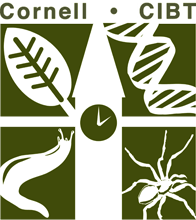Labs & Activities
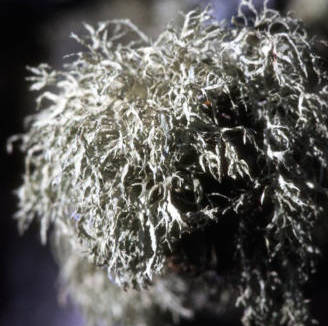
Lichens on Tree Trunks- Scott LaGreca
2012 CIBT Alumni Workshop
Ecology
High School
Inquiry/Scientific Method
Middle School
Plants
Students will learn to recognize moss and lichens, identify various trees, record observations using a mapping technique, use a compass, and think about the conditions mosses and lichens need to grow. They will identify and mark trees with mosses and lichens growing on their trunks, and try to figure out… read more of the article entitled “Lichens on Tree Trunks- Scott LaGreca”

Mark-Recapture- Nancy Wright
2012 CIBT Alumni Workshop
Ecology
High School
Inquiry/Scientific Method
This lab presents a popular method often used to estimate the population size of a single species of highly mobile animals, such as insects or vertebrates. Students use other students in the school as their population and the Lincoln-Peterson method to determine population size. “Real ecologists” also use this method… read more of the article entitled “Mark-Recapture- Nancy Wright”

Medical Importance of Biodiversity- Mary Keymel
2012 CIBT Alumni Workshop
Animals
Ecology
High School
Human Health
Middle School
Plants
Students assume the role of an ethnobotanist for a start-up pharmaceutical company, who is about to journey to the rainforest, coral reef, or another natural source of medicine in the world. Their mission is to catalog 1 plant or animal species that may be useful to medical research. They will… read more of the article entitled “Medical Importance of Biodiversity- Mary Keymel”
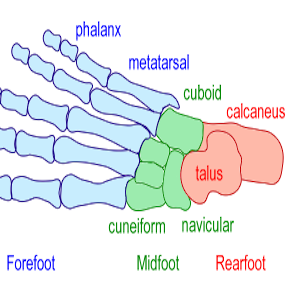
Metric Measurement
Animals
Elementary School
Inquiry/Scientific Method
Middle School
Physiology
Recently Updated!
Downloads Metric Measurement (Student Edition)
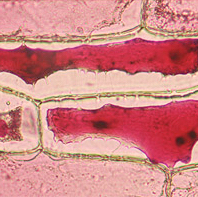
Microscopy and Cell Biology
Elementary School
High School
Microbiology
Middle School
Molecular Biology
Plants
Students will identify the parts of a microscope. Students will observe, manipulate, write and memorize. Students will also compute total magnification of the objective lenses. The lab can be modified to suit higher grade levels using the attached handouts for various observation stations. Downloads Pollen Station Red Onion Cell Station… read more of the article entitled “Microscopy and Cell Biology”

Mollusk Dichotomous Key
Animals
Ecology
Elementary School
Inquiry/Scientific Method
Middle School
In this lab, students will be introduced to the concept of a dichotomous key through the use of preliminary activities modeled by the teacher. They will then learn about the ecology and biology of selected marine mollusks, before putting their dichotomous key reading skills to the test on 8 or… read more of the article entitled “Mollusk Dichotomous Key”
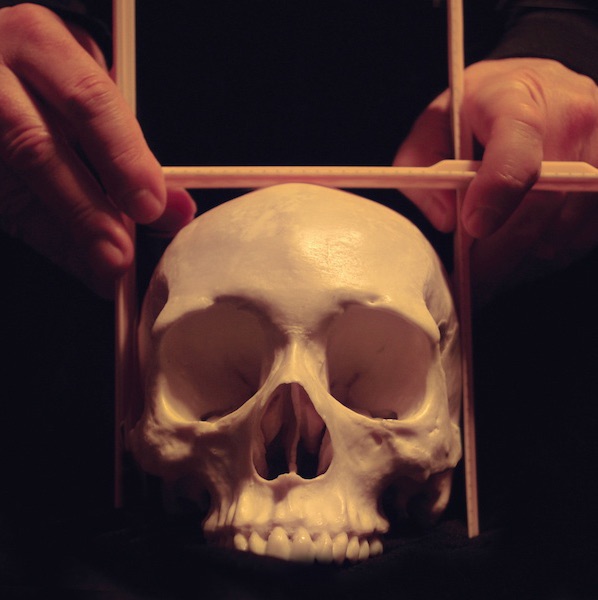
Mystery of the (Hominin) Skulls
Evolution
High School
Inquiry/Scientific Method
In this laboratory activity students will examine nine hominin skulls for specialized features and take measurements that will enable them to determine the relatedness of these species. They will identify the placement of each specimen on a phylogenetic tree that also reveals the geological time frame in which each species… read more of the article entitled “Mystery of the (Hominin) Skulls”

Oh Deer- Project WILD
2012 CIBT Alumni Workshop
Animals
Ecology
High School
Middle School
Students simulate a deer population and its “limiting factors” of water, food, and shelter, which are represented by strips of colored paper. “Deer” who are unable to find a match for their limiting factor do not survive the round, and instead becoming limiting factors. The data is collected and graphed,… read more of the article entitled “Oh Deer- Project WILD”
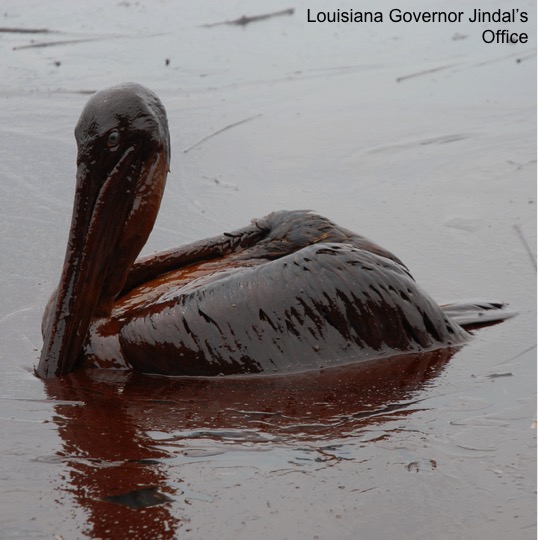
Oil Spills Lab- Kristen Pizarro
2012 CIBT Alumni Workshop
Ecology
Inquiry/Scientific Method
Middle School
Plants
This activity, used as a 7th grade science laboratory final exam, comes in three sections. Students will first model an oil spill and test materials for cleaning it up. This experiment will help them understand why it is such a difficult task. Next they will examine data about the effects… read more of the article entitled “Oil Spills Lab- Kristen Pizarro”

Phoot Lab
High School
Human Health
Physical Sciences
Physiology
In this lab students will investigate the application of physical principles to a living organism. Students will analyze the foot and its function as a machine by applying lever mechanics to the “walking” foot. Analysis will incorporate anatomical terms for some of the muscles and bones involved in plantigrade motion…. read more of the article entitled “Phoot Lab”

Plant Game
Ecology
High School
Middle School
Physiology
Plants
This exercise helps students think about how plants grow in a fun and enticing manner. Teams of students “grow a plant” composed of “leaves,” “roots,” and “flowers.” The goal of the game is to produce a maximum number of flowers, which is possible only if the students have a good strategy to… read more of the article entitled “Plant Game”
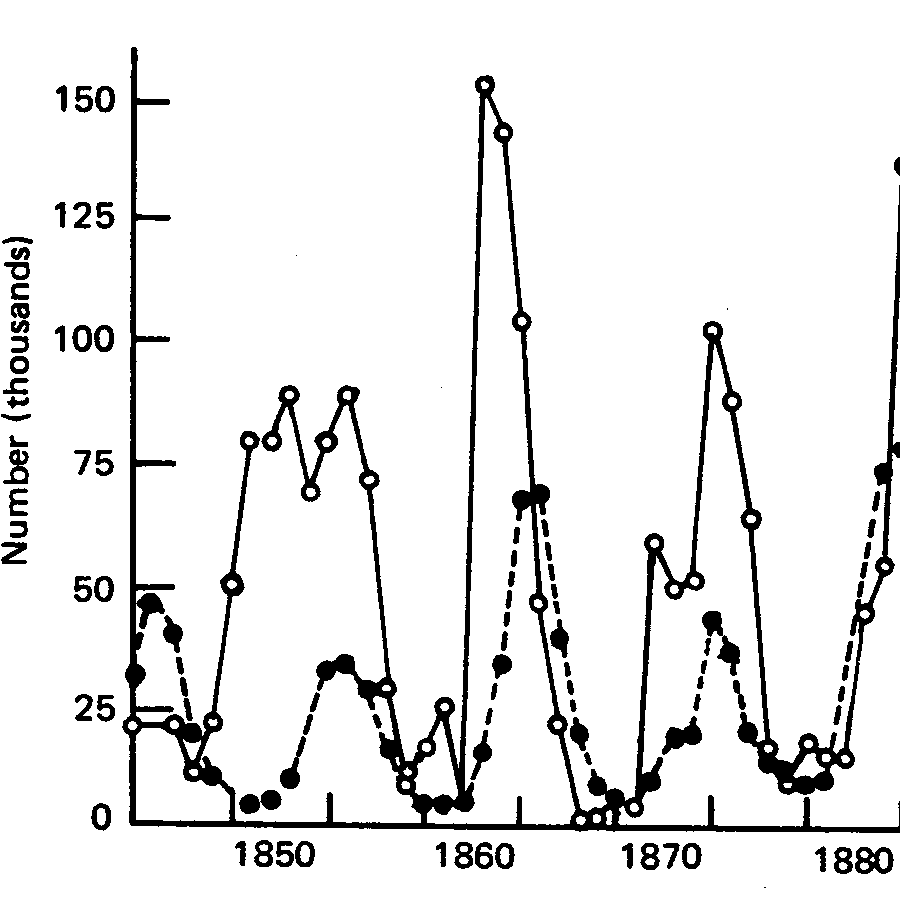
Predator-Prey Population Oscillation- Bridget Henshaw
2012 CIBT Alumni Workshop
Animals
Ecology
High School
Middle School
This activity introduces students to the oscillating relationship between predator and prey population sizes. Students manipulate small “creatures” (anything from gummy worms to animal crackers to plastic animals) with differing numbers of predators/prey and calculate population changes between rounds of predation. Data is graphed in Excel at the end. Downloads… read more of the article entitled “Predator-Prey Population Oscillation- Bridget Henshaw”

Primary Productivity Lab- modified by Sean McGlynn
2012 CIBT Alumni Workshop
Animals
Ecology
High School
Inquiry/Scientific Method
Physical Sciences
Plants
Students will use LaMotte Test Kits to determine the concentration of dissolved oxygen (DO) in various water samples. The process involves adding some chemicals to the water to “fix” the free oxygen (O2). Once the O2 is fixed, they will add an acid powder, some starch, and titrate to determine… read more of the article entitled “Primary Productivity Lab- modified by Sean McGlynn”

Protein Gel Electrophoresis
Animals
Evolution
Genetics
High School
Inquiry/Scientific Method
Molecular Biology
Students will separate a mixture of proteins from skeletal muscle using SDS polyacrylamide gel electrophoresis (PAGE). PAGE is a powerful analytical technique having numerous applications in modern biology. Evidence for evolutionary relatedness amongst organisms can be determined using this technique. Suggested organisms to compare include various fishes, mammals, poultry and/or… read more of the article entitled “Protein Gel Electrophoresis”
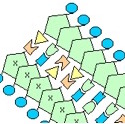
Protein Synthesis and Words- Comet
High School
Molecular Biology
mRNA is genetic information found in the nucleus of cells. Protein synthesis occurs in ribosomes found in the cytoplasm and on rough endoplasmic reticulum. If protein is to be synthesized, then the genetic information in the nucleus must be transferred to these ribosomes. This is done by mRNA (messenger ribonucleic… read more of the article entitled “Protein Synthesis and Words- Comet”

